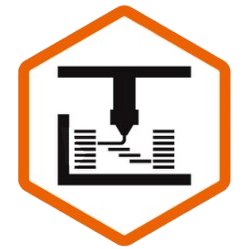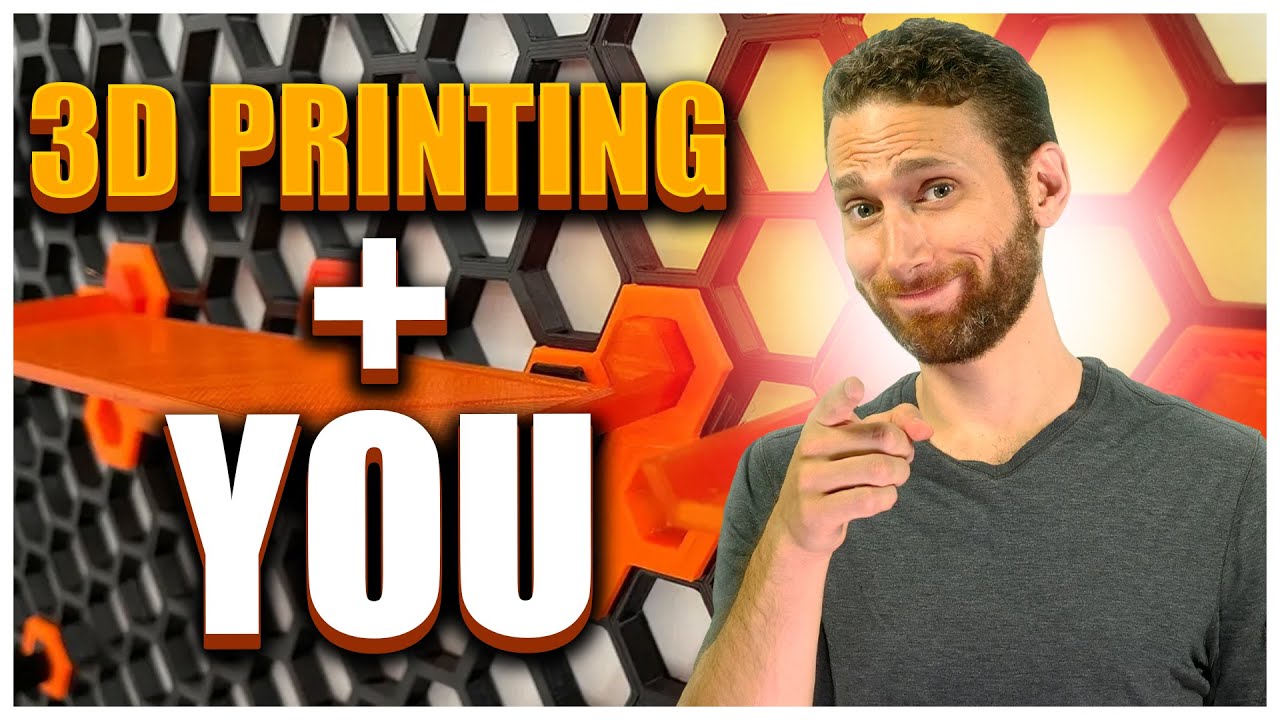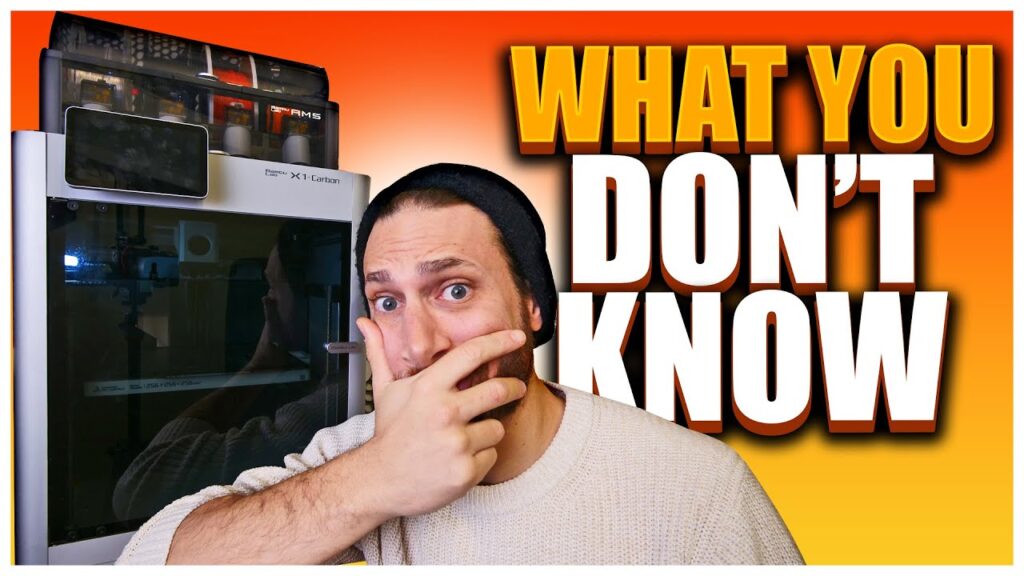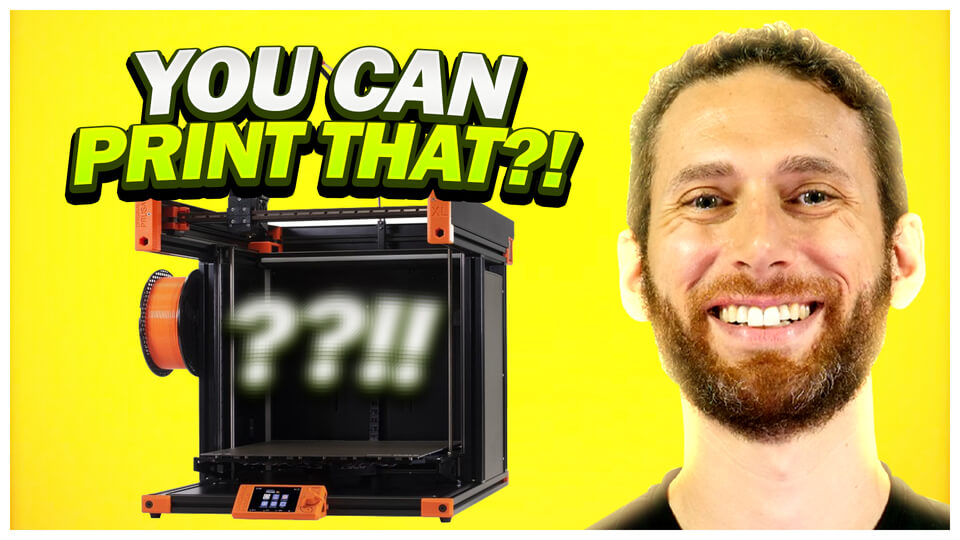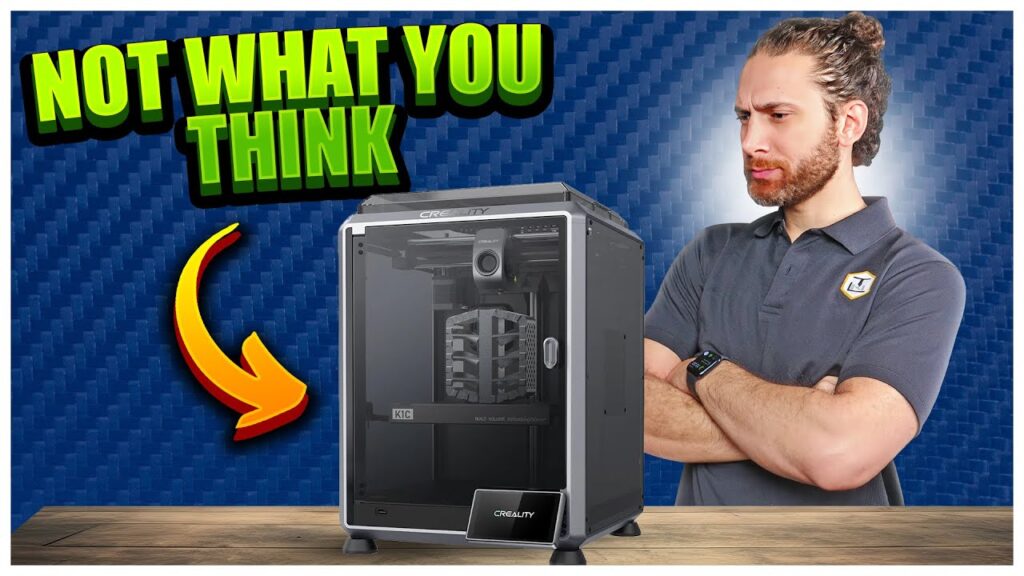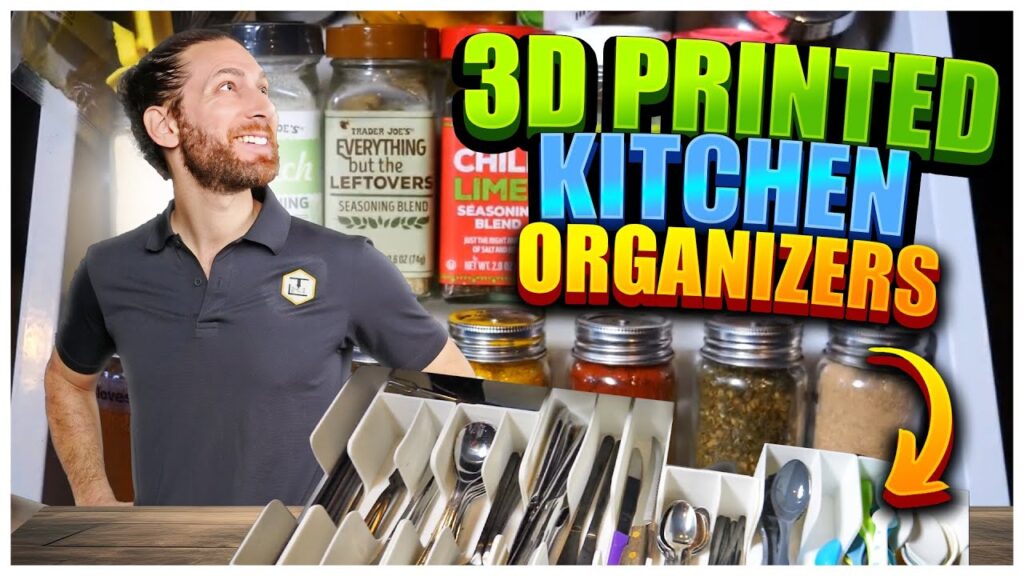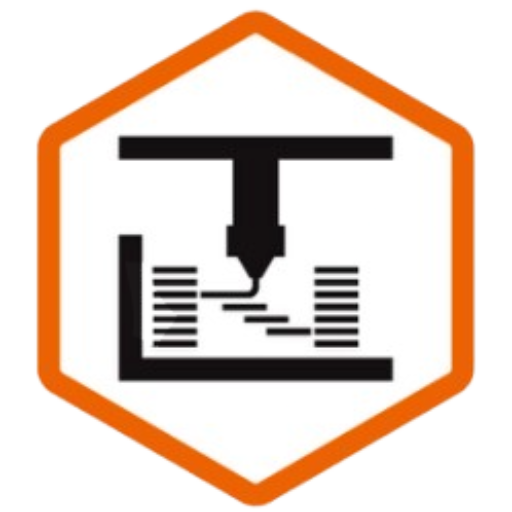In this article, I’m going to share why you – yes, YOU, should get into 3D printing.
Regardless of whether or not you consider yourself a “maker” or “handy,” I’m going to explain some of the reasons why those of us already in this hobby love it so much, and what’s more, why YOU might want to consider picking up your very own 3D Printer.
Let’s dive in.
Why should you get into 3D printing?
Here are my top reasons to get into 3D printing this year:
It’s an accessible creative outlet
Personally, I’ve always been a “creator” at heart – ever since I was a little kid, working in the garage with my dad, learning how to solder, or woodwork, or whatever. Whether it’s building businesses, creating online courses, or just making pieces of furniture around the house, I find that I’m happiest when I’m creating things.
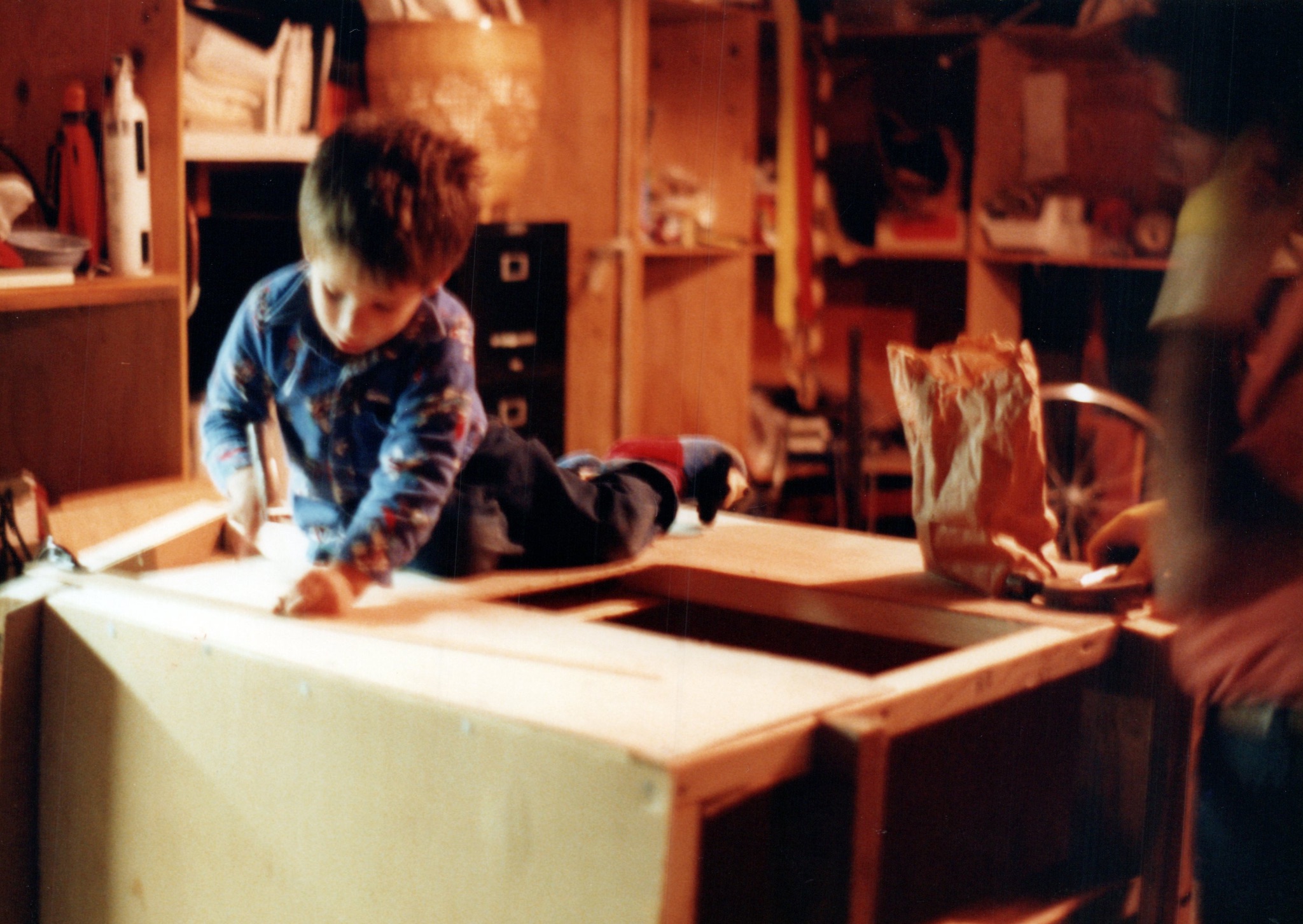

But at some points in my life, creating – especially physical creations – hasn’t been that accessible.
This could be periods in my business where I needed to focus more on marketing my creations than creating new ones, or periods where I lived in a cramped apartment, and didn’t have time to go to a maker space to get my hands on some tools.
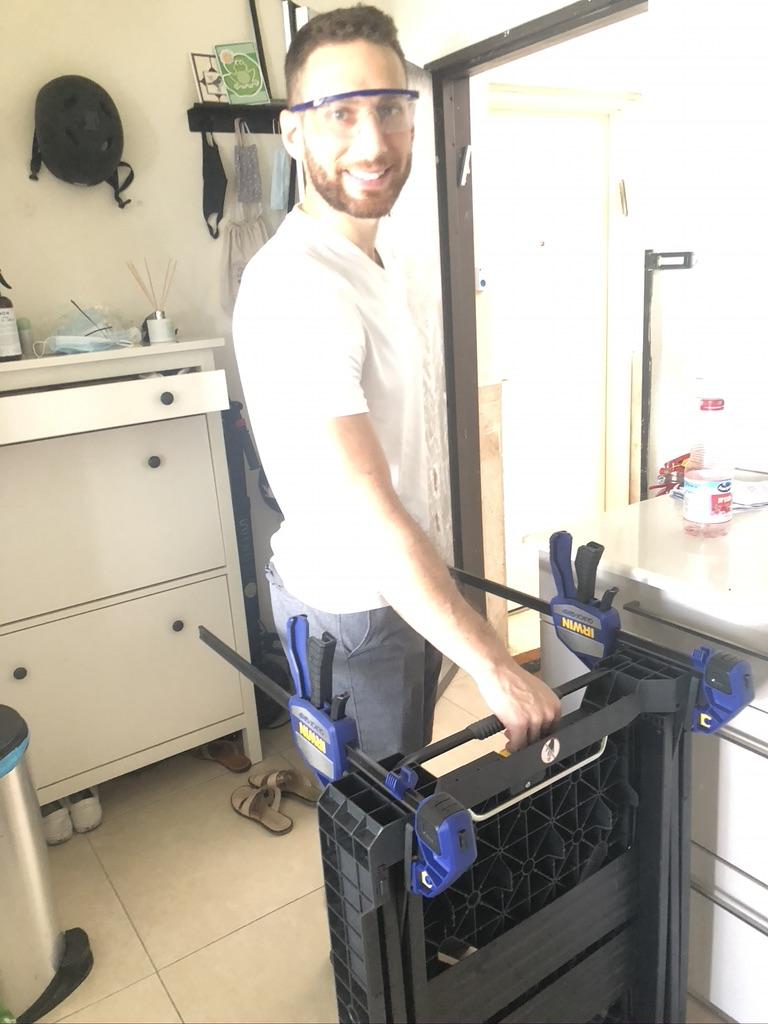
But that’s the beauty of 3D printing.
These days, you can get – or build – 3D printers that literally fit on the corner of your desk.
And even if you don’t know how to design your own files, there are millions of models you can download, modify, and print out for just about anything you could think of.
And while you can spend hours building and designing things, even the fastest 3D printers take time to print out your stuff, which means that you can scratch your need to create, then, like I do, go focus on your “real work” while your creations are printing out.
And sure, you could get into scrapbooking, or make your own jewelry, or something like that – but in terms of the sheer range of things you can create, for a small investment of a few hundred dollars, with minimal space, 3D printing honestly takes the cake.
It saves time and money
People don’t talk about this that much, because oftentimes, the plastic stuff we buy somewhere like IKEA or the dollar store is incredibly cheap – maybe even cheaper than it would cost you to 3D print, And that’s certainly true for mass-produced things like storage bins and shoe racks.
But in my experience, 3D printing can actually save you a ton of money – not to mention time spent shopping around at different stores to find exactly what you want.
Often times, I’m able to print myself a solution to a problem that is not only cheaper than what I would find in stores, but which I can have in an hour or two, instead of waiting a few days, or wasting hours of my time trying to find exactly what I need.
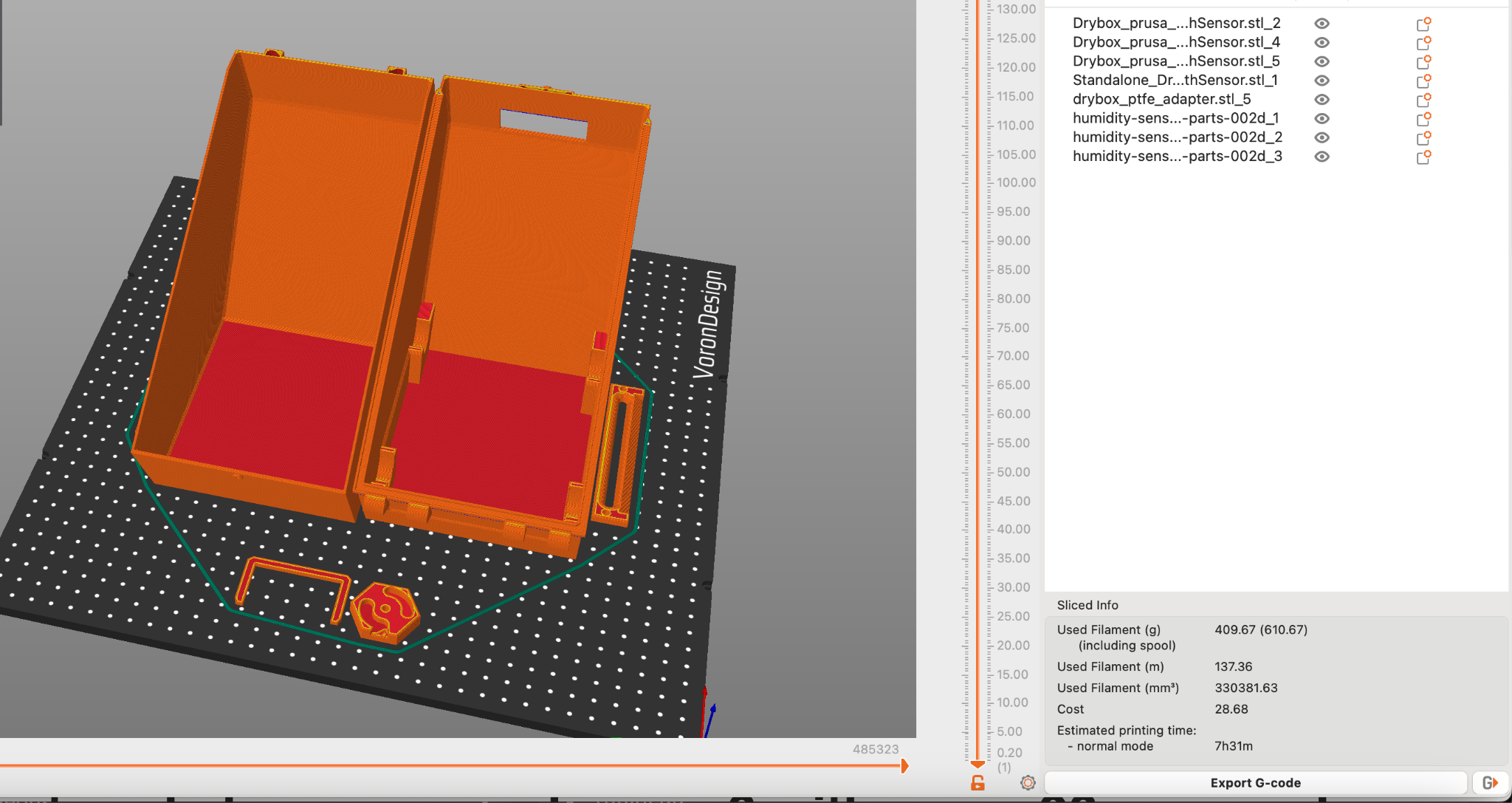 Just take a look at my list of 23+ 3D printed tools if you don’t believe me.
Just take a look at my list of 23+ 3D printed tools if you don’t believe me.
It really does save a TON of money to just print what you need at home!
This is especially true if you need a small part to fix something you already have, but which the manufacturer doesn’t sell separately . I can’t tell you how many times I’ve been able to save myself from replacing something by being able to print replacement parts.
In fact, that leads me to my next point.
It’s ecological
I know what you’re thinking, how can 3D printing be ecological? You’re basically encouraging the use of plastics, printing out more and more “stuff” that will, eventually, end up in the landfill, right?
No way!
First of all, most 3D printing today actually uses PLA, or polylactic acid, which is both made of corn, and also is highly recyclable.
You can even buy filaments that are made of 100% recycled materials, including used water bottles, reclaimed fishing nets, and more. Plus, you can even send your filament to be recycled into brand new filament!
But that’s only part of the story. Because, you see, 3D printing is good for the environment in a bunch of other ways, too.
First of all, when you 3D print something at home, you are eliminating the need for that part to be delivered to you by plane, train, and then a delivery driver making a special trip to your house.
Not to mention all the packaging, warehousing, and all that. Sure, you still need filament delivered to your house in a box, but how many parts can you print out of 1 big order of, say, 5 kilos of filament? Think of how many individual boxes and envelopes – and how many delivery runs – that will save!
But there’s another way that 3D printing saves the environment – and that’s by allowing us to fix things instead of replacing them. It may sound unlikely… “yeah right, Jonathan… nobody actually does that,” you might be thinking, but I honestly can’t tell you how many things
I’ve able to save the landfill because I was able to print a replacement part instead of replacing the entire thing.
This runs the gamut from mechanical things around the house, to tools, kids’ toys, electronics, and more.
Diverse learning opportunities.
Many of you probably don’t know this, but in my “past life,” I was actually an expert in accelerated learning – and my books and courses on memory improvement and speed reading actually have hundreds of thousands of students all over the world!
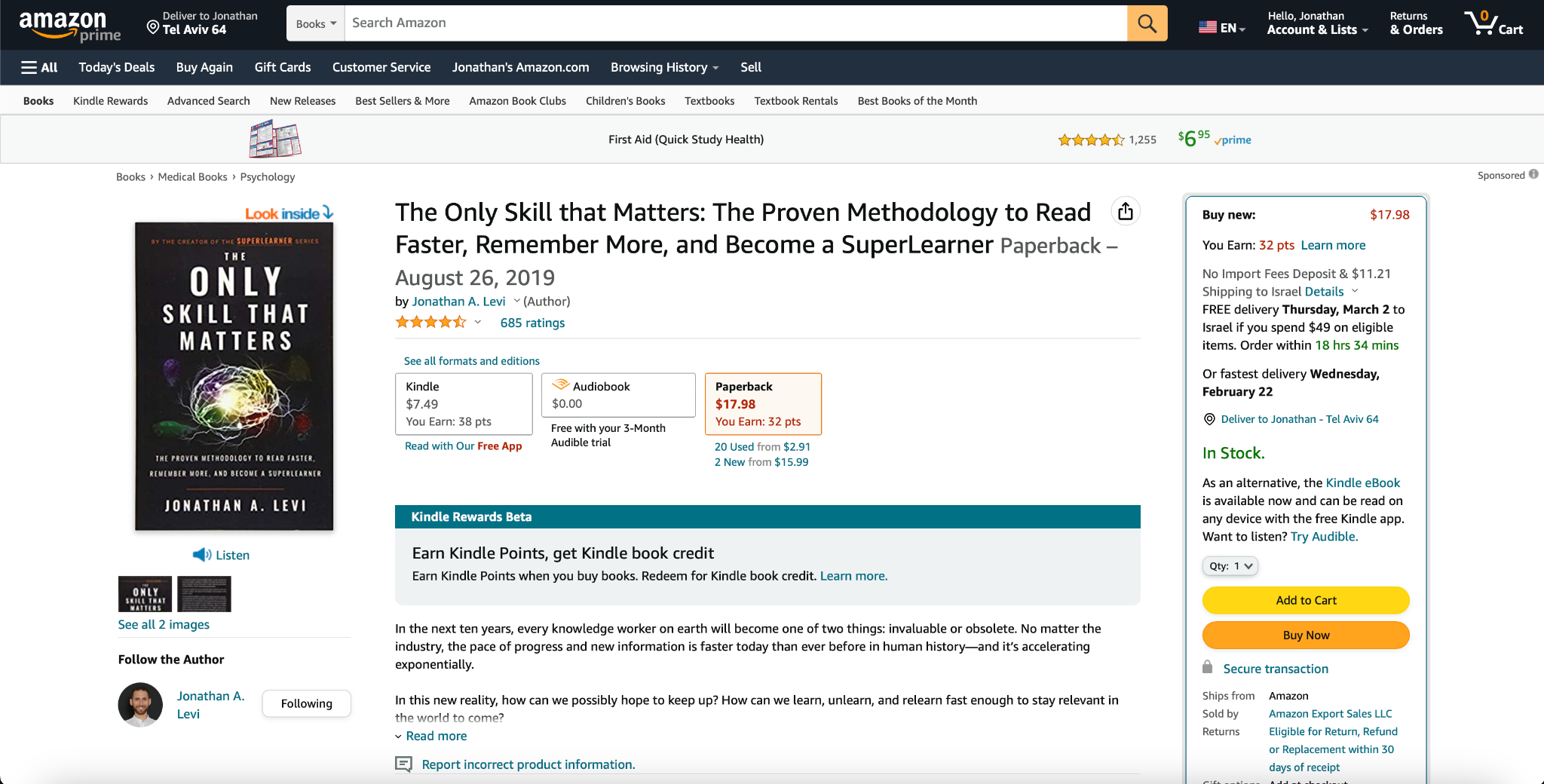

So, as you can imagine, I, like learning new things.
Typically, however, I have this problem where I “devour” different hobbies really quickly. I dive in head first – sometimes literally, in the case of acro yoga – learn the 20% that gives me 80% fluency in the subject, and then I get bored.
Even if I don’t become a “master” in the subject, I often get bored when the initial challenge – and rapid growth – level off, and that’s a real shame, because it can turn things that used to bring me a LOT of joy into things I no longer really derive enjoyment from.
But not with 3D printing. With 3D printing, there is just SO much to learn – and in so many different areas.
If you get bored of printing other people’s designs, you can go down the rabbit hole of 3D design. If you get bored of that, you can dive into more exotic materials, and master the trickier ones. If you get bored of all that, you can build your own 3D printers.
And of course, because you’re always finding new things to print, it’s constantly changing. More importantly, you’re constantly learning – which makes this a great hobby for kids, too.
In 3D printing, you not only learn about engineering, but also polymer science, physics, software, maintenance, and problem solving – which leads me directly to my next point.
Solve unique problems
3D printing is a really powerful tool, largely because it has so much potential.
You can print nearly anything you want, so long as you have a big enough printer, and you’re willing to make use of things like additional hardware, electronics, and so on.
And honestly, that’s one thing I didn’t anticipate loving about 3D printing as much as I do: solving unique problems.
You see, like I mentioned before, I grew up with a dad who taught me to solve my own problems, whether that meant building a dog house or just creating novel solutions to my problems.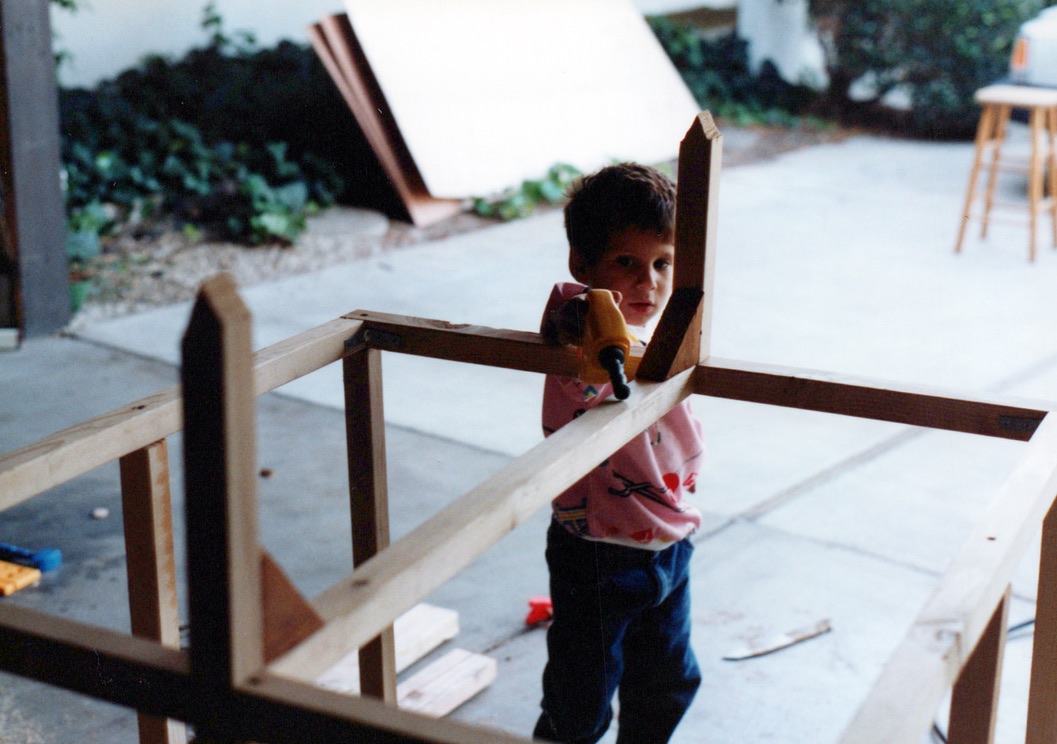
But unfortunately, you really need to be a master craftsman to solve a lot of problems with wood, clay, or metal. If I wanted to, say, make a custom compost bin, an intricate tree planter, or a tool wall with custom attachments for all my video gear. That would be a daunting challenge with any other material.

But not with 3D printing. Thanks to the power of modern CAD software, plus the versatility of different kinds of plastics, you can do so much more with so much less knowledge and experience.
Yeah, it might seem overwhelming to learn one of these scary CAD programs, but I promise you, if you just spend a few hours on YouTube – especially if you watch Teaching Tech’s awesome OnShape tutorial series – you’ll be able to create literally anything you want, even if you, like me, didn’t really excel at math, science, or art in school.
And again, as I mentioned in my first point, 3D printing, at least for me, is all about learning..
So take it as a fun learning challenge, and dive in. If you do, you’ll come out on the other side with so many unique, custom-made solutions to problems you never knew you could solve.
Sure, you can download the ready-made toothpaste squeezers, organizer bins, and camera tripods, but I think you’ll find that the most rewarding part of 3D printing is when you’re able to take advantage of it’s versatility and accessibility to create your own, custom, one-off solutions to make your own life and the lives of those around you just a little bit more comfortable or better.
Which leads me to…
Community!
One of the things I didn’t anticipate when getting into 3D printing was just how vibrant and friendly the community is.
Whether it’s on the 3D printing subreddit, various Discord communities like Polymaker, Prusa3D, or Voron, or just in the comments on file sharing websites like Printables.com, people are just so friendly and helpful in this community.

Maybe it’s because so much of consumer 3D printing’s origins come from open source roots, the idea of me sharing what I’ve created with you, free of charge, so that you can use it, benefit from it, and improve upon it, but aside from a few bad apples and nasty outliers, I’ve mostly found this community to be some of the finest, friendliest, most enthusiastic people you can imagine.
So, which 3D printer should you get?
Hopefully, by now, I’ve encouraged you to give 3D printing a chance, and so your next logical question will be “which printer should I get.”
Well, this is a huge question, and is going to largely depend on your budget, what you want to print, and how much space you’re willing to take up.
But if you’re looking for a great, all-around 3D printer that is perfect for beginners without breaking the bank, I can happily recommend the SV06 or SV06 from Sovol.
The SV06 is basically an exact replica of the legendary Prusa MK3S+, long regarded as the best printer on the market, but with injection molded parts and modern mass-production methods.
That means that it comes in at less than ⅓ the price of the Prusa, but with the same performance, and even better fit and finish. It’s not insanely fast, like some of the latest, greatest, high-end printers, but it’s a perfect printer to get you started – and unlike the Prusa, it takes only 20 to 30 minutes to assemble.
Now I also mentioned the SV06 Plus, which is Sovol’s latest machine, except it features a larger build area, an easy-to-use touch screen, a high-flow hot-end, and lots of other small upgrades.
So if you have the space, and if you want to print bigger things like cosplay helmets, big storage solutions, trash bins, and so on, that’s an even better choice. Plus, they’re offering the first batch for only $299, which is just insane for the value you get.
